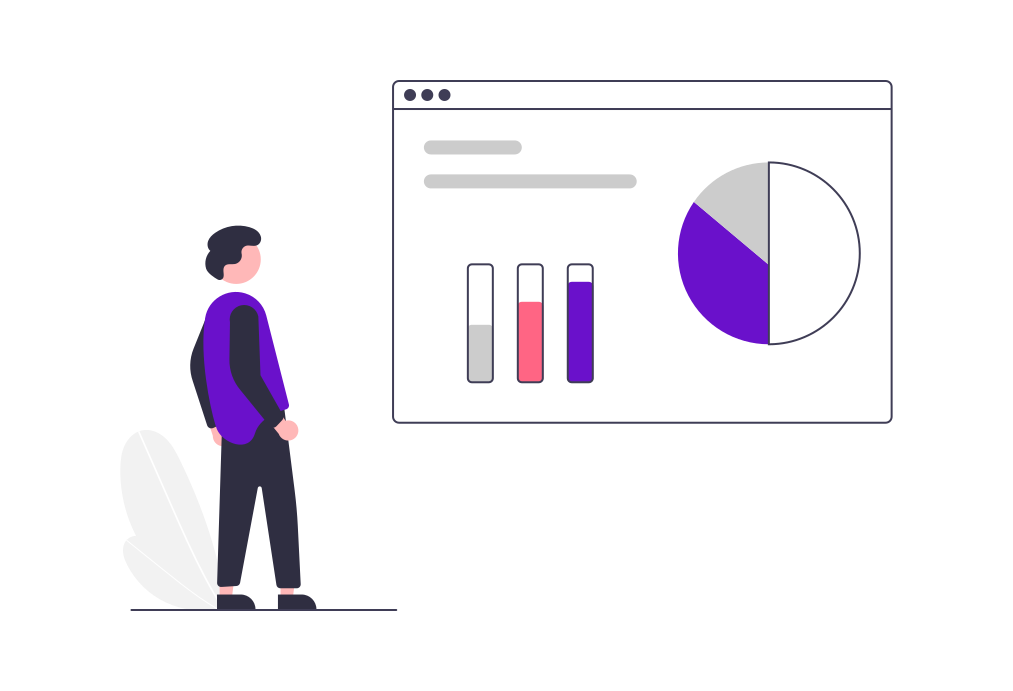The Evolution of Consumer Understanding
In the dynamic world of marketing, understanding the consumer has evolved from basic demographic profiling to more nuanced and sophisticated methods. Two of the most impactful approaches today are psychographic and behavioral segmentation. These strategies delve beyond surface-level data, providing deeper insights that drive more effective marketing campaigns.
Unpacking Psychographic Segmentation
What is Psychographic Segmentation?
Psychographic segmentation categorizes consumers based on their psychological attributes. It focuses on understanding the deeper aspects of consumer behavior, such as their lifestyle choices, values, attitudes, and interests.
Key Elements:
- Values and Beliefs: Core principles that guide consumer decisions.
- Lifestyle: Day-to-day activities and interests.
- Personality: Traits that influence behavior.
- Attitudes: Overall outlook and perspectives on various aspects of life.
Unveiling Behavioral Segmentation
What is Behavioral Segmentation?
Behavioral segmentation divides the market based on consumer interactions with a brand. It examines actual behaviors, such as purchasing patterns, brand loyalty, and product usage.
Key Elements:
- Purchase Behavior: Buying frequency and spending habits.
- Usage Rate: How often and how much a product is used.
- Loyalty Status: Degree of consumer loyalty to a brand.
- Engagement: Interaction with marketing channels and content.
The Synergy of Psychographic and Behavioral Segmentation
When psychographic and behavioral segmentation are combined, they offer a holistic view of the consumer. This synergy enables marketers to understand not only what consumers do but also why they do it.
Benefits of Integration:
- Enhanced Targeting: Precision in identifying and reaching the right audience.
- Personalized Marketing: Crafting messages that resonate on a deeper level.
- Optimized Strategies: Developing campaigns that align with both psychological and behavioral patterns.
Practical Steps to Implement Combined Segmentation
Step 1: Data Collection
- Surveys and Interviews: Gather psychographic data through direct consumer feedback.
- Analytics Tools: Use digital analytics to track behavioral patterns.
Step 2: Data Analysis
- Segmentation Software: Employ tools that can analyze and segment data efficiently.
- Pattern Recognition: Identify key trends and correlations between psychographic and behavioral data.
Step 3: Strategy Development
- Segment-Specific Campaigns: Create marketing strategies tailored to each segment’s unique attributes.
- Content Personalization: Develop personalized content that speaks to the values and behaviors of your audience.
Step 4: Execution and Monitoring
- Launch Campaigns: Implement your strategies across appropriate channels.
- Performance Tracking: Continuously monitor campaign performance and make necessary adjustments.
Future Trends in Consumer Segmentation
As technology advances, the ability to collect and analyze consumer data will become even more sophisticated. Marketers can expect to see innovations in:
- AI and Machine Learning: Enhanced data analysis capabilities.
- Real-Time Analytics: Immediate insights into consumer behavior.
- Integrated Platforms: Seamless integration of psychographic and behavioral data.
Conclusion
Leveraging psychographic and behavioral segmentation provides a powerful framework for understanding and engaging with consumers on a deeper level. By combining these strategies, marketers can create highly targeted and personalized campaigns that resonate with their audience, leading to improved engagement and conversion rates.


